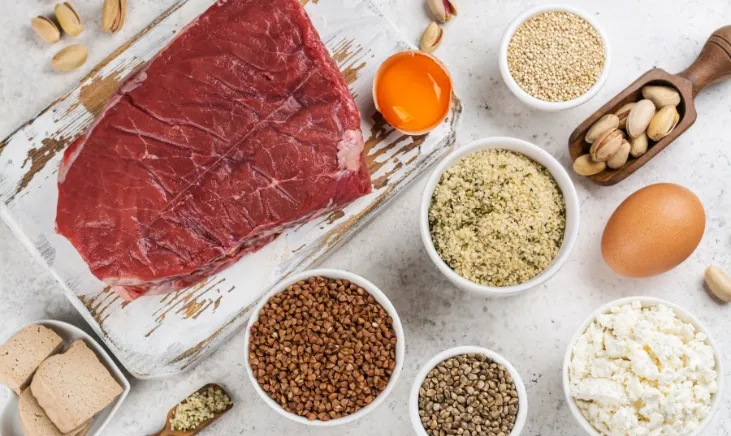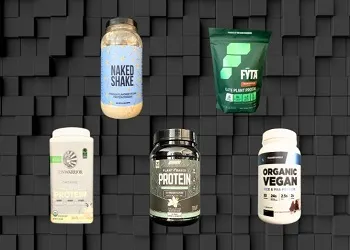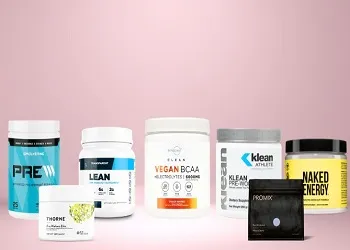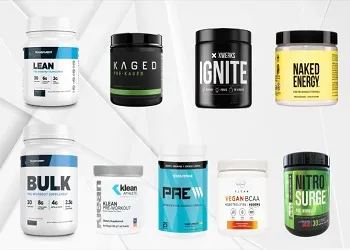Glycine is a nonessential amino acid, but that doesn’t mean it’s not important. Glycine is crucial for muscle health, lowering heart disease risk, and maximizing brain health. Including this amino acid in your diet regularly is key to optimizing antioxidant function within your body, keeping your connective tissue healthy, and ensuring good quality sleep each night.
We know glycine is important, but which foods contain glycine? In this article, we dive into what glycine is, why it’s important, and which foods have glycine so you can make sure you are getting the glycine you need.
Table of Contents
Short Summary
- Glycine is a nonessential amino acid that is needed for muscle, heart, and brain health, among many other functions within our bodies.
- Glycine in food mainly comes from meat and other animal proteins, but is also found in legumes and other plant-based sources.
- Glycine supplements are available as both individual glycine supplements and general amino acids supplements to boost glycine intake.
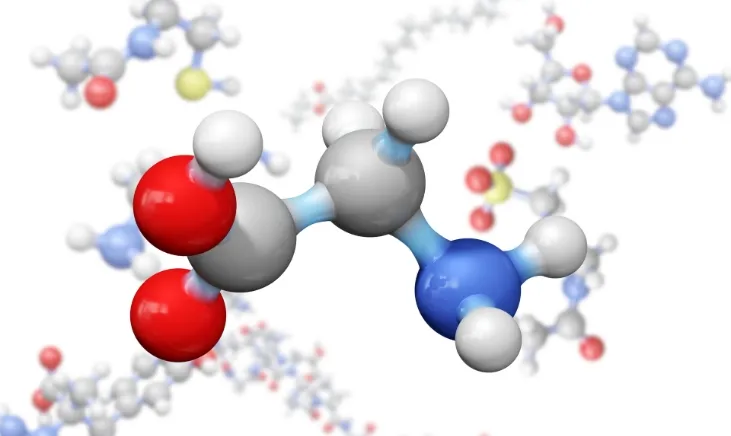
What Is Glycine?
Glycine is a nonessential amino acid that is necessary for multiple functions within our bodies. Glycine is considered nonessential because our bodies can make it from other compounds internally if we do not consume enough of it in our diet. Our kidneys and liver work to produce glycine from choline, serine, hydroxyproline, and threonine when we need it.
Health Benefits of Glycine
Consuming glycine foods is important to ensure we are getting the amino acids we need daily. Some of the health benefits of glycine include:
- Antioxidant function: Glycine is required for glutathione synthesis, which is a powerful antioxidant that helps repair ongoing free radical damage to our cells and prevent future damage.
- Muscle growth and increased strength: Glycine is also used to form creatine, which helps build muscle mass and strengthen our muscles.
- Heart disease prevention: Glycine may help protect against heart disease by preventing atherosclerosis, acting as an anti-inflammatory, improving cholesterol, and boosting our body’s use of nitric oxide, which improves blood pressure.
- Brain health: Glycine acts as a neurotransmitter and has been found to be protective against degeneration with age.
- Type 2 diabetes: Glycine may reduce the risk for type 2 diabetes by improving the body’s insulin response.
- Nerve function: As previously mentioned, glycine is a neurotransmitter and helps regulate nerve impulses.
- Joint and cartilage health: Glycine is also a key part of collagen, a structural protein, which is important for the health of our joints and connective tissue, as well as our skin, muscles, bones, and ligaments.
- Improve sleep: Recent studies have shown glycine helps promote better sleep quality.
How to Get Glycine Naturally
Food high in glycine is the best source of natural glycine. Our bodies require about 2 grams of glycine daily. If you’re wondering what foods have glycine, read on.
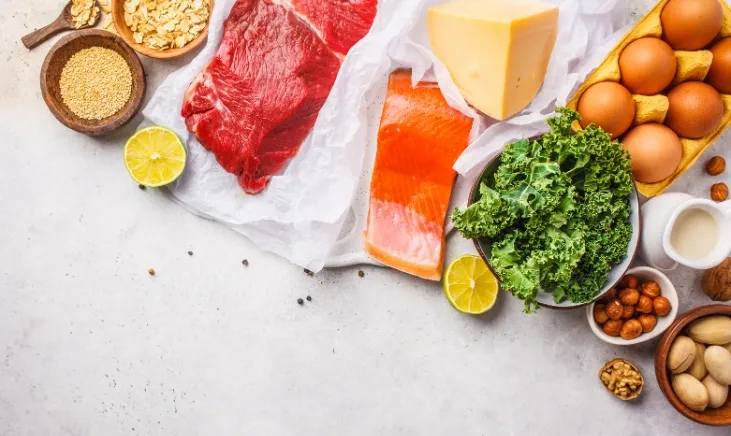
Glycine Rich Foods
Food sources of glycine include meat, fish, and other animal based proteins. Legumes, nuts, and seeds are also rich in glycine.
Best Sources of Glycine
Meat

Meat is one of the best sources of the amino acid glycine. Different types of muscle meat contain varying levels of glycine. Some of the most common include:
- Chicken (including chicken skin) – 2 grams per 4 ounce serving
- Turkey – 1.6 grams per 4 ounce serving
- Pork – 1.6 grams per 4 ounce serving
- Beef (lean beef) – 1.3 grams per 4 ounce serving
Seafood
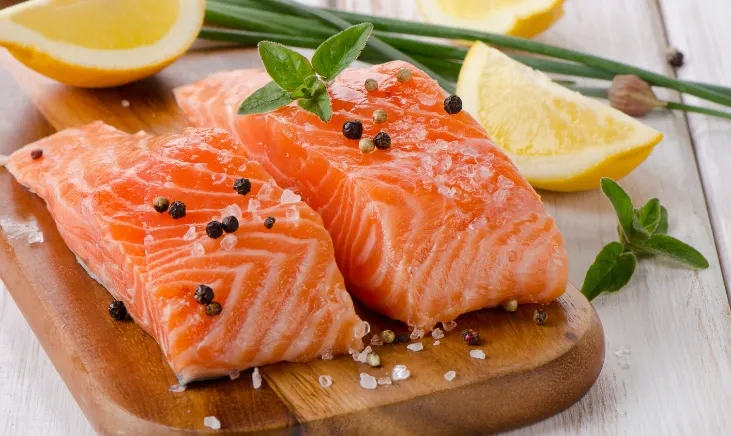
Seafood is another great source of glycine. As with muscle meat, different types of seafood contain different levels of glycine. Some popular choices include:
Dairy
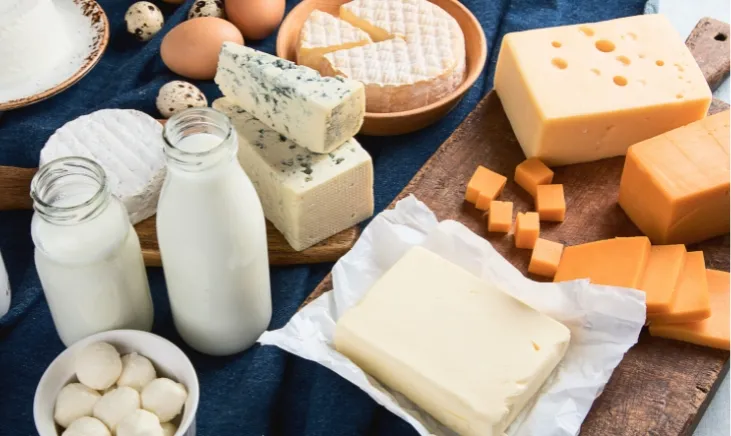
Dairy contains less glycine than muscle meat and seafood, but it is still a healthy source of glycine for most people. Some dairy options include:
Collagen
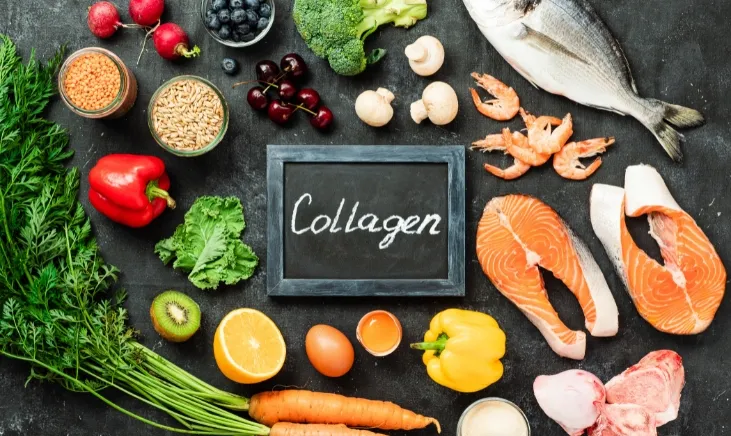
Collagen powder is one of the most concentrated sources of glycine, among many other amino acids. One serving of collagen peptides contains about 3.7 grams of glycine.
Bone Broth
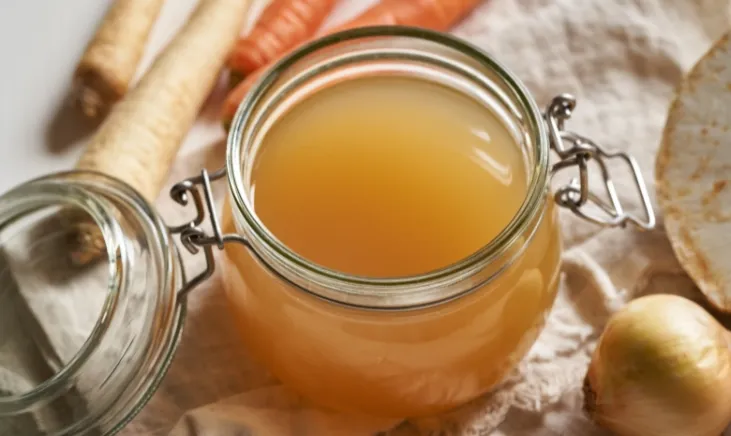
Is there glycine in bone broth? Yes, while the exact composition of bone broth varies significantly, the general consensus is that there is somewhere between 0.5-1.7 grams of glycine in each cup of bone broth. Bone broth glycine comes from collagen, which is broken down from the bones and other tissues during the cooking process.
Bone broth is not only a good source of glycine; there are many other amino acids in bone broth.
Bone Broth Amino Acids
- Arginine
- Glutamine
- Hydroxylysine
- Hydroxyproline
- Proline
- Alanine
- Aspartate
- Glycine
- Histidine
- Isoleucine
- Leucine
- Lysine
- Methionine
- Phenylalanine
- Serine
- Threonine
- Tyrosine
- Valine
What are Glycine Rich Foods for Vegetarians?
While many foods that contain glycine are animal-based, there are a few plant-based foods high in glycine.
Vegetarian Foods Rich in Glycine
Seeds
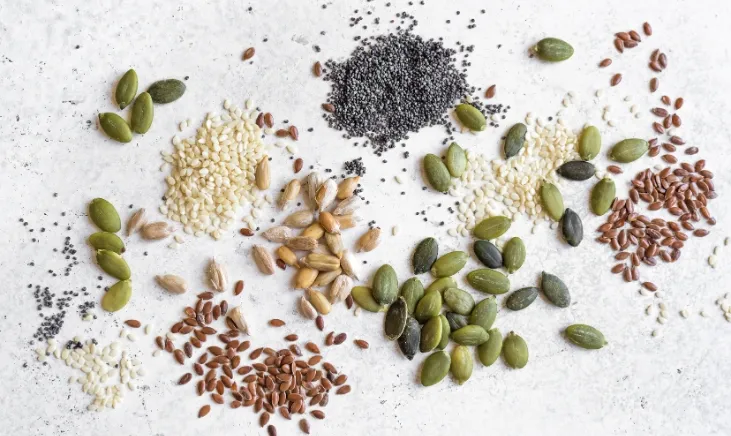
Seeds are one of the best plant sources of the amino acid glycine. Different seeds contain varying levels of glycine. Some of the most common include:
- Hemp seeds – 2.6 grams per cup
- Pumpkin seeds – 2.4 grams per cup
- Flax seeds – 2.1 grams per cup
- Sunflower seeds – 2 grams per cup
- Chia seeds – 1.6 grams per cup
Nuts

Nuts are another great source of glycine. As with seeds, different types of nuts contain different levels of glycine. Some popular choices include:
- Peanuts – 2.3 grams per cup
- Almonds – 2 grams per cup
- Cashews – 1.2 grams per cup
- Walnuts – 0.8 grams per cup
Legumes

Legumes are another healthy source of glycine. Some legume options include:
- Soybeans – 3.5 grams per cup
- Chickpeas – 1.7 grams per cup
- Kidney beans – 1.7 grams per cup
- Black beans – 0.6 grams per cup
Glycine Supplements

If you struggle to consume enough foods containing glycine, glycine supplements may be beneficial for you. Supplements that contain glycine alone are one option. Another option for glycine supplementation is to take an amino acid supplement that contains glycine along with the other amino acids.
Summary
Foods with glycine are everywhere, so getting to the daily recommended 2 grams is not difficult. However, if you are looking to boost your glycine intake, focusing on high-glycine foods can help you do so.
To recap which foods are high in glycine, here is a quick list:
- Meat
- Seafood
- Dairy
- Collagen
- Bone broth
- Seeds
- Nuts
- Legumes
Glycine supplements and general amino acid supplements are another way to up your glycine intake easily. However, as a registered dietitian I recommend a “food first” approach where glycine rich foods and high protein meals are your first priority and glycine supplementation is your back-up plan.
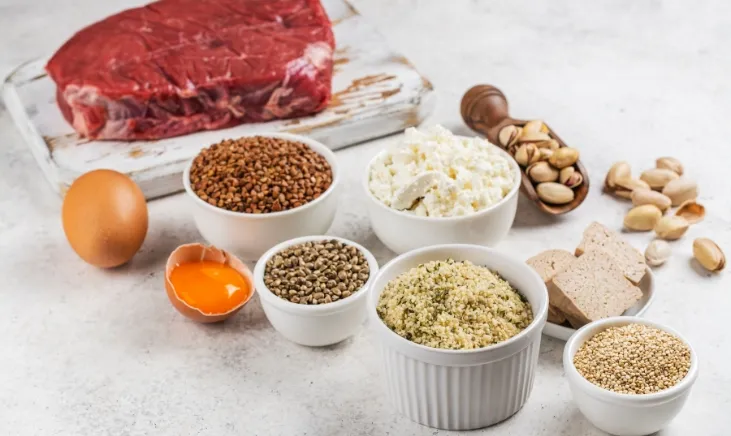
Frequently Asked Questions
What is the best source of glycine?
Many foods are high in glycine, but if you are looking for the highest glycine option, collagen powder is your answer. Collagen provides about 3.7 grams of glycine per serving, which more than covers your daily glycine needs with just one serving.
Does bone broth have glycine?
Yes, bone broth contains glycine, as well as almost all the other amino acids.
However, the glycine content of bone broth varies greatly. Store bought bone broths all contain slightly different amounts of glycine. Making your own bone broth will also yield varying quantities of glycine based on your ingredients, recipe, cooking time, and preparation method.
Is glycine vegan?
Yes, glycine itself is just an amino acid, which is inherently vegan.
While many animal-based proteins are sources of glycine, there are also many vegan sources of this amino acid. Vegan glycine food sources include:
Seeds
Nuts
Legumes
Is glycine a sugar? Does glycine raise blood sugar?
No, glycine is an amino acid, not a sugar. Glycine itself does not raise blood sugar and most high-glycine foods are low in carbohydrates and will also not cause a spike in blood sugar.
Is glycine an essential amino acid?
No, glycine is not an essential amino acid. Rather, it is considered a nonessential amino acid because our body can make it from other compounds. However, it is still important for optimal health.
Is glycine an appetite suppressant?
One study found that glycine was in fact associated with decreased hunger levels. However, this idea likely needs more research to be widely accepted.
Does glycine help with weight loss?
One study performed on mice did find that supplementing with glycine while following a calorie restricted diet did stimulate fat loss while preserving muscle mass and preventing muscle wasting. However, more research—specifically human research—is needed to further substantiate this claim.
What are glycine and proline rich foods?
Glycine and proline are both components of collagen. Some foods that are high in both glycine and proline include:
Meat
Seafood
Dairy
Collagen
Bone broth
Seeds
Nuts
Legumes
